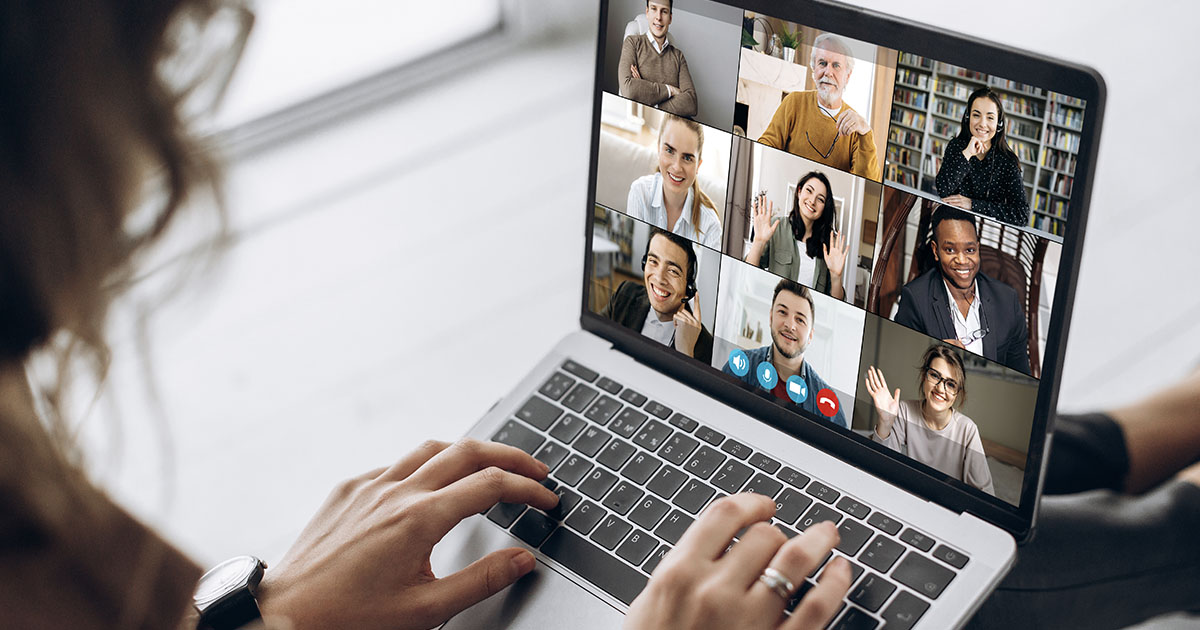The economy is going through a massive change, and this fundamental shift is not as transitory as some might believe—these changes have massive impacts on the way we operate in business and society as a whole. The economy won’t “bounce back” to its pre-pandemic state—it has evolved into the future. The lingering impact is affecting every part of our lives, from gas and grocery prices to long-lasting policy changes that are shifting the course of our country.
As leaders, it is important that we determine what changes will dissipate over time and what is here to stay. We’ve seen the natural ebb and flow of business cycles form patterns over the years (when times are good, the economy is good, and vice versa), and some industries are more sensitive to business cycles than others, such that revenues are generally higher in periods of economic prosperity and expansion and lower in economic periods of downturn, but the changes we’ve experienced over the last two years exist on a more profound level.
Secular Change and the Coronavirus Pandemic
We see the concept of secular change played out in the stock market on a daily basis. This played out in real-time at the beginning of the pandemic and has been coined the “coronavirus crash” with good reason. On March 9, 2020, the Dow fell 2,014 points (a 7.79% drop) when news of the Coronavirus began spreading worldwide. Just three days later, on March 12, it set another record, falling by 2,352 points to close at 21,200. This was a 9.99% drop, which made it the sixth-worst percentage drop in history. The Dow continued to fall, and overall, between February and late March of 2020, the Dow lost 37% of its value. This was in direct correlation with the pandemic, nationwide shutdown, and subsequent job losses. Investors and stockbrokers watched nervously to see if we would reach the worst economic point in our country’s history (and luckily, we didn’t).
Amazingly, a few months later, the tides turned. In the latter half of 2020 and into 2021, the stock market surged. One reason for this was that new parts of the economy were growing at a rapid pace. It wasn’t because investors overreacted in the spring or because they realized the world wasn’t coming to an end: it was because the evolution of the economy, which should have played out over the course of the next decade, suddenly played out over months.
“Zoom” Is Now A Verb
Companies like Shopify, Zoom, and other digital communication tools saw some of the greatest surges in 2020 and beyond. Shopify alone saw their stock increase up to 600% (they are the ones who allowed online retailing to explode), and Zoom pushed everyone else in their industry to make large-scale video communication work as simply possible. These companies helped everyone work better together and, in turn, bolstered the economy.
With stimulus checks, a $2.3 trillion fiscal rescue package, and phased-out reopening plans put into play, relief seems to be on its way. With a mostly positive return at the end of 2020 and a seemingly hopeful first half of 2021, the capital markets serve as a living example of the cycles of economic change in our nation and the world at large. It’s a poignant illustration of how the economic tides change but eventually circle back to a more typical state.
Structural Change In A Post-COVID Era
I believe that we are, essentially, re-living the events of the beginning of the 20th century. We’ve seen structural changes through automation and technology, and we are experiencing innovation at a rapid pace toward a Fourth Industrial Revolution. We’ve been through a pandemic, and we’re entering the roaring twenties—and these aren’t the only areas where we are seeing big things happen in our economy and the world as a whole. What we’ve experienced in the last 21 years will go on to define the upcoming century. The first, and perhaps most prevalent, change is in how businesses get work done as a whole.
We saw a serious shift in technology during the dot-com bust, but it was not as available, stable, or affordable as it is now. Another differentiating factor here is that consumers and businesses alike had not begun the work of adapting to rapidly changing technology like they are today. It’s easier now for people to adjust to the latest iPhone software than it was for people to learn how to use email for the very first time.
In 1999, I couldn’t even view client data in real-time because I had colleagues and clients who did not have web browsers or an email address of any kind. Christmas of 1999 was the first time you saw people buying things on the internet, but society as a whole wasn’t fully ready to buy things that they couldn’t look at, touch, or feel—which is perhaps one of the biggest behavior shifts we’ve seen in consumer purchasing patterns during the last twenty years.
Today, in part out of necessity but mostly for convenience’s sake, people buy things on the internet. We were already comfortable with this, as things like Cyber Monday already existed in the internet’s dawning days, but emerging technology was not a customer’s primary way to engage in business or interpersonal relationships until recently. Now, it is the key mode of transaction and communication in a very significant way. The internet has become our mainstay for shopping, business operations, and even interpersonal relations to some degree.
I’ve worked in hybrid environments for over twenty years, and while I do think some things are better accomplished in person, there is an overwhelming amount of evidence illustrating what we can accomplish remotely. There are some companies I work with in a fully remote fashion, and even though I haven’t met many of the team members in person, I don’t feel like there is anything missing in our working relationship (which is something I couldn’t say about remote work environments twenty years ago).
How AI Is Changing the Future of Business
Consumers and businesses alike are doing things differently, and a huge part of this is because of the adaption of automation through artificial intelligence (which is now so much more than just machine learning). More and more companies are automating various aspects of their businesses, spanning industries—from fast food to technology companies and more. McDonald’s has gone so far as to announce that they hope to fully automate customer transactions in the future and will begin testing AI in their stores in 2022. AI writing machines are changing the way companies not only review resumes and cover letters but the method with which they approach written communication as a whole.
The positive side of this change? We are more productive today than we were 5–10 years ago. But the negative is that many are getting left behind. There are 7–10 million job openings right now, but many of these roles are ones people don’t want. The tension between jobs available and jobs that provide people with the quality of life and benefits they want creates a huge issue in our economy and tension between our economy and our workforce.
This massive change happening in the economy affects how leaders think about business and will inform generations to come. Leaders need to reassess how they operate to take into account the new environment we operate in. You can’t effectively lead your business if you don’t understand the environment, and this includes your customers, regulations, competitors, new upstarts, competing products, and the supply chain (business partners). The environmental effects of these factors influence how CEOs and executives will lead their companies into the next iteration of their business. Leaders who embrace structural change and use it to their benefit will be the ones leading businesses through this century’s “roaring 20s” and beyond. At the end of the day, it’s up to leaders to notice the ebb and flow of our economy and pay particular attention to emerging trends that will become commonplace for our workforce.







